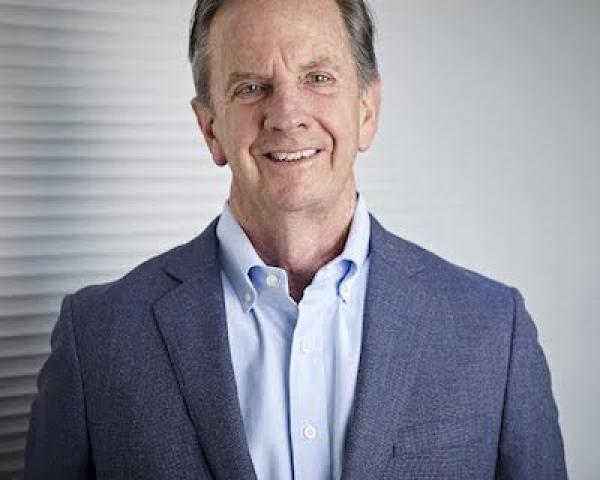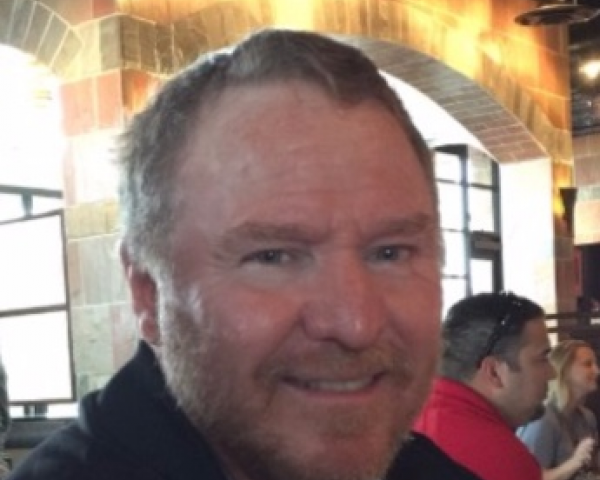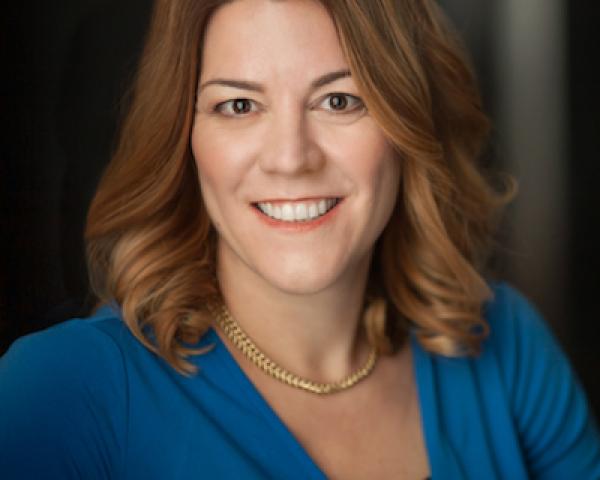The Path Forward for Insurance Industry
An open-source cloud platform that lets insurers quickly build, test and deploy on-demand insurance products is key in the gig economy.

An open-source cloud platform that lets insurers quickly build, test and deploy on-demand insurance products is key in the gig economy.

Get Involved
Our authors are what set Insurance Thought Leadership apart.
|
Partner with us
We’d love to talk to you about how we can improve your marketing ROI.
|

Tim Attia is the CEO of Slice Labs; a technology company addressing challenges facing the on-demand economy. Prior to Slice, he worked with some of the largest global insurance carriers on technology and distribution. He started his career with a large technology and management consulting firm.
Many self-funded employers are implementing this alternative to PPOs and reaping a quick 30% saving on health insurance.

Get Involved
Our authors are what set Insurance Thought Leadership apart.
|
Partner with us
We’d love to talk to you about how we can improve your marketing ROI.
|

Steve Kelly is the co-founder and CEO of ELAP Services, a leading healthcare solution for self-funded employers based in Wayne, PA.
How can we expect mainstream media outlets to write accurately about the insurance industry when we don’t do it ourselves?

Get Involved
Our authors are what set Insurance Thought Leadership apart.
|
Partner with us
We’d love to talk to you about how we can improve your marketing ROI.
|

William C. Wilson, Jr., CPCU, ARM, AIM, AAM is the founder of Insurance Commentary.com. He retired in December 2016 from the Independent Insurance Agents & Brokers of America, where he served as associate vice president of education and research.
The growing audience of millennials buys based on personalization -- which requires a new approach to predictive analytics.

Get Involved
Our authors are what set Insurance Thought Leadership apart.
|
Partner with us
We’d love to talk to you about how we can improve your marketing ROI.
|

Anurag Chauhan is EVP and global head of the insurance vertical business at NIIT Technologies. He is also in charge of all client relationships across the U.S.
The quality of data on U.S. property improved for 15 years -- then progress stopped. Why? Can't insurtech fix the problem?

Get Involved
Our authors are what set Insurance Thought Leadership apart.
|
Partner with us
We’d love to talk to you about how we can improve your marketing ROI.
|

Matthew Grant is the CEO of Instech, which publishes reports, newsletters, podcasts and articles and hosts weekly events to support leading providers of innovative technology in and around insurance.

To be reminded of the power of insurance these days, I just have to step out the front door. I live about 80 miles south of the Camp Fire in northern California, and, even at this distance, the effect is obvious. The color of the air—not something I usually notice—sometimes reminds me of Mordor in the "Lord of the Rings" movies.
These fires, like every natural disaster, also serve as a reminder of how far we need to go as an industry, and not just to show people the value of insurance and narrow the "protection gap." We need to innovate to provide better, much cheaper policies that will be bought, not sold. We also need to find new business models, including ones based on helping people head off claims—if not from natural disasters, then at least from more controllable issues.
To that end, I encourage you to read a survey on innovation readiness that we did with The Institutes, which you can download for free here. The survey, led on our end by Guy Fraker and Paul Winston, shows that companies are making measurable progress but are still struggling, then provides a five-point checklist to overcome the common problems.
The Institutes will shortly unveil an insurance innovation curriculum, developed with Guy Fraker, that can help you build a culture of innovation and attack point #5 on that checklist: Encouraging employee participation. When the curriculum is ready for release, we will provide more details.
In the meantime, you might want to refer back to two detailed pieces from Guy that I've previously highlighted, on what's wrong and what's right with current innovation efforts. You can find them here and here.
As always, let me know if you have questions or if we can help.
In any case, let's all continue to hope and pray that the fires throughout California are contained as quickly as possible, with no more loss of life, and that all those affected can start to pull their lives together again as quickly as possible, assisted by the very best efforts of the insurance industry.
Have a safe week.
Paul Carroll
Editor-in-Chief
Get Involved
Our authors are what set Insurance Thought Leadership apart.
|
Partner with us
We’d love to talk to you about how we can improve your marketing ROI.
|

Paul Carroll is the editor-in-chief of Insurance Thought Leadership.
He is also co-author of A Brief History of a Perfect Future: Inventing the Future We Can Proudly Leave Our Kids by 2050 and Billion Dollar Lessons: What You Can Learn From the Most Inexcusable Business Failures of the Last 25 Years and the author of a best-seller on IBM, published in 1993.
Carroll spent 17 years at the Wall Street Journal as an editor and reporter; he was nominated twice for the Pulitzer Prize. He later was a finalist for a National Magazine Award.
Used together, these tools -- listening, learning and leading -- can make the construction site a much safer place indeed.

Get Involved
Our authors are what set Insurance Thought Leadership apart.
|
Partner with us
We’d love to talk to you about how we can improve your marketing ROI.
|
Both raise legal issues that could cause surprising consequences. So could the heavy emphasis on turning insurance into a commodity.

Get Involved
Our authors are what set Insurance Thought Leadership apart.
|
Partner with us
We’d love to talk to you about how we can improve your marketing ROI.
|

Bruce Heffner is general counsel and managing member for Boomerang Recoveries. He is an attorney with substantial business experience in insurance and reinsurance, underwriting, claims, risk management, corporate management, auditing, administration and regulation.
Critical thinking is not a gene. Yes, it comes more naturally to some, but it is teachable (much of the time).

Critical thinking is not a matter of accumulating information. A person with a good memory and who knows a lot of facts is not necessarily good at critical thinking. A critical thinker is able to deduce consequences from what he knows, and he knows how to make use of information to solve problems, and to seek relevant sources of information to inform himself.So how do you build THAT? 5 Ways to Build Your Team’s Capacity to Think Critical thinking is not a gene. Yes, it comes more naturally to some, but it is teachable (much of the time). Here are a few ways to get started. 1. STOP being the hero. It’s hard. Who doesn’t love being superman? Particularly when you know EXACTLY what to do. It’s even harder if your boss is a superman, too, and you’re the go-to guy. There’s a certain rush from jumping in and doing what must be done at exactly the right time. And it can’t hurt, right? The worst you’re going to get after your superman intervention is a THANK YOU and a developmental discussion six months from now, saying you need to build a bench. But here’s what we hear offline. “She’s great. But she’s a do-er. I’d put her in my lifeboat any time. But her team is weak.” See also: How to Pick Your Insight Team Great leaders don’t have weak teams. Great leaders take the time to slow down just enough even during times of crises, to bring others along and help them rise to the occasion. Great leaders aren’t heroes, they’re hero farmers. 2. Connect what to why (more often than you think is practical or necessary). Yes, you can overload your team with TMI (too much information), but the truth is I’ve NEVER heard a manager complain that the boss overexplained “why.” It’s impossible to have great critical thinking if you’re not connected to the big picture (including key challenges). If you want your team to exercise better judgment, give them a fighting chance with a bit more transparency. 3. Expose them to messy discussions. It’s tempting to think we must have it all figured out before wasting our team’s time. But if you’re really working to build leadership capacity, it’s also important to sometimes bring your folks in BEFORE you have a clue. Let them see you wrestle in the muck and talk out loud. “We could do this … but there’s that and that to consider … and also the other thing.” 4. Hold “Bring a Friend” staff meetings. An easy way to do #3 is through “Bring a Friend” staff meetings. Once in a while, invite your direct reports to bring one of their high-potential employees along to your staff meeting. Of course, avoid anything super-sensitive, but be as transparent as possible. Every time I’ve done this, we’ve had employees leaving the meeting saying, “I had no idea how complicated this is,” and “Wow, that sure gave me a different perspective.” See also: The Keys to Forming Effective Teams 5. Ask strategic questions (and encourage them to go research the answers).
Get Involved
Our authors are what set Insurance Thought Leadership apart.
|
Partner with us
We’d love to talk to you about how we can improve your marketing ROI.
|

Karin Hurt helps leaders achieve breakthrough results without losing their soul. She is a keynote leadership speaker, a trainer and one of the award-winning authors of Winning Well: A Manager’s Guide to Getting Results Without Losing Your Soul. Hurt is a top leadership consultant and CEO of Let’s Grow Leaders. A former Verizon Wireless executive, she was named to Inc. Magazine’s list of great leadership speakers.
The ability to gather and parse massive amounts of data has changed how insurers and their customers regard the trust relationship.

Get Involved
Our authors are what set Insurance Thought Leadership apart.
|
Partner with us
We’d love to talk to you about how we can improve your marketing ROI.
|

Tom Hammond is the chief strategy officer at Confie. He was previously the president of U.S. operations at Bolt Solutions.